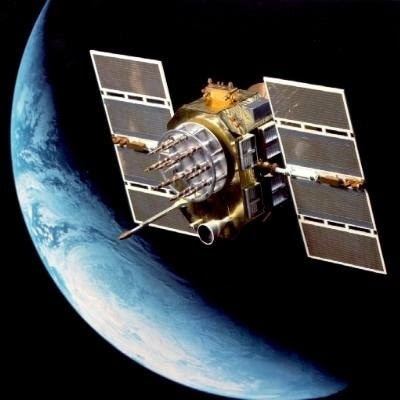
High Frequency (HF) digital operations have revolutionized communication, especially in environments where traditional methods fail. This article delves into the various modes of HF digital operations and their significance in modern communication networks.
What are HF Digital Operations?
HF digital operations utilize high-frequency radio waves (3 to 30 MHz) to transmit data over long distances. This is particularly valuable in scenarios where other forms of communication, like satellite or cellular, are limited or unreliable. HF radio waves can reflect off the ionosphere, allowing for global communication without the need for infrastructure, making it an ideal solution for military, maritime, aviation, and emergency services.
Key Modes of HF Digital Operations
HF digital operations can be categorized into several modes, each tailored to specific needs and conditions. Here are some of the most prominent:
1. PSK31 (Phase Shift Keying)
PSK31 is a popular mode for keyboard-to-keyboard communications, emphasizing efficiency and low bandwidth. It allows for real-time text communication, making it particularly useful for amateur radio operators. Its ability to function well under poor signal conditions is a significant advantage.
2. RTTY (Radioteletype)
RTTY is one of the oldest digital modes, initially developed for teletypes. It uses frequency shift keying (FSK) to transmit data. RTTY is widely utilized in contests and for general communications, providing reliable performance over HF frequencies.
3. FT8 and FT4
FT8 and FT4 are newer digital modes designed for weak signal propagation. FT8, in particular, has gained immense popularity for its automated and efficient exchange of minimal information in a structured format. FT4 is a faster version, catering to time-sensitive communications. Both modes are invaluable in emergency scenarios where quick, reliable contact is crucial.
4. Winlink (Radio Email)
Winlink is a system that enables email communication via HF radio. It bridges the gap between the internet and radio, allowing users to send and receive emails even when internet access is unavailable. This is especially vital for maritime and remote operations, where reliable communication is essential for safety and coordination.
5. Pactor
Pactor is another radio modem protocol, known for its efficiency and ability to transmit data reliably over noisy channels. It is widely used in maritime communication, offering robust performance for transmitting emails, weather reports, and other critical information.
6. VARA
VARA is a newer digital mode that provides high-speed data transmission over HF radio. It utilizes advanced modulation techniques to achieve superior performance compared to traditional methods. VARA's speed and reliability make it a strong choice for digital operations in both amateur and professional settings.
Importance of HF Digital Operations
1. Global Communication Reach
HF digital operations enable communication over vast distances without relying on terrestrial infrastructure. This is critical for emergency responders, military operations, and maritime activities, where traditional communication methods may be compromised.
2. Resilience and Redundancy
In an age of increasing cyber threats and potential infrastructure failures, HF digital operations provide a resilient backup communication system. HF radio is less susceptible to electronic interference, ensuring connectivity when other systems fail.
3. Efficiency in Resource-Limited Environments
HF digital modes often require less power and bandwidth compared to analog communications, making them ideal for resource-limited situations, such as remote expeditions or during disaster recovery efforts.
4. Adaptability to Conditions
The ability of HF digital operations to function effectively under various environmental conditions, including poor signal quality and interference, makes them a reliable choice for diverse applications, from amateur radio to professional communication.
5. Enhanced Data Communication
Digital modes allow for the transmission of data beyond simple voice communications. The ability to send emails, transmit images, and share critical information is invaluable, particularly in scenarios where quick decision-making is required.
Conclusion
HF digital operations represent a crucial component of modern communication systems. With various modes catering to different needs, these technologies provide flexibility, reliability, and efficiency in diverse environments. As global communication challenges evolve, the significance of HF digital operations will only continue to grow, ensuring that individuals and organizations remain connected when it matters most.
Help Support This Blog! Check Out Our Official Sponsors Below!





